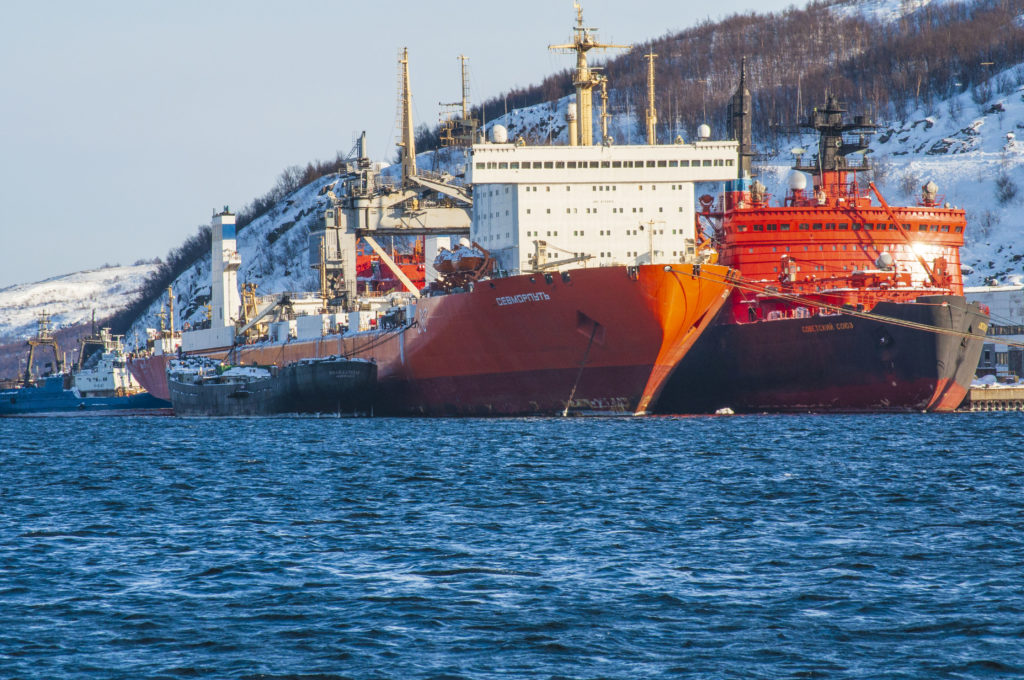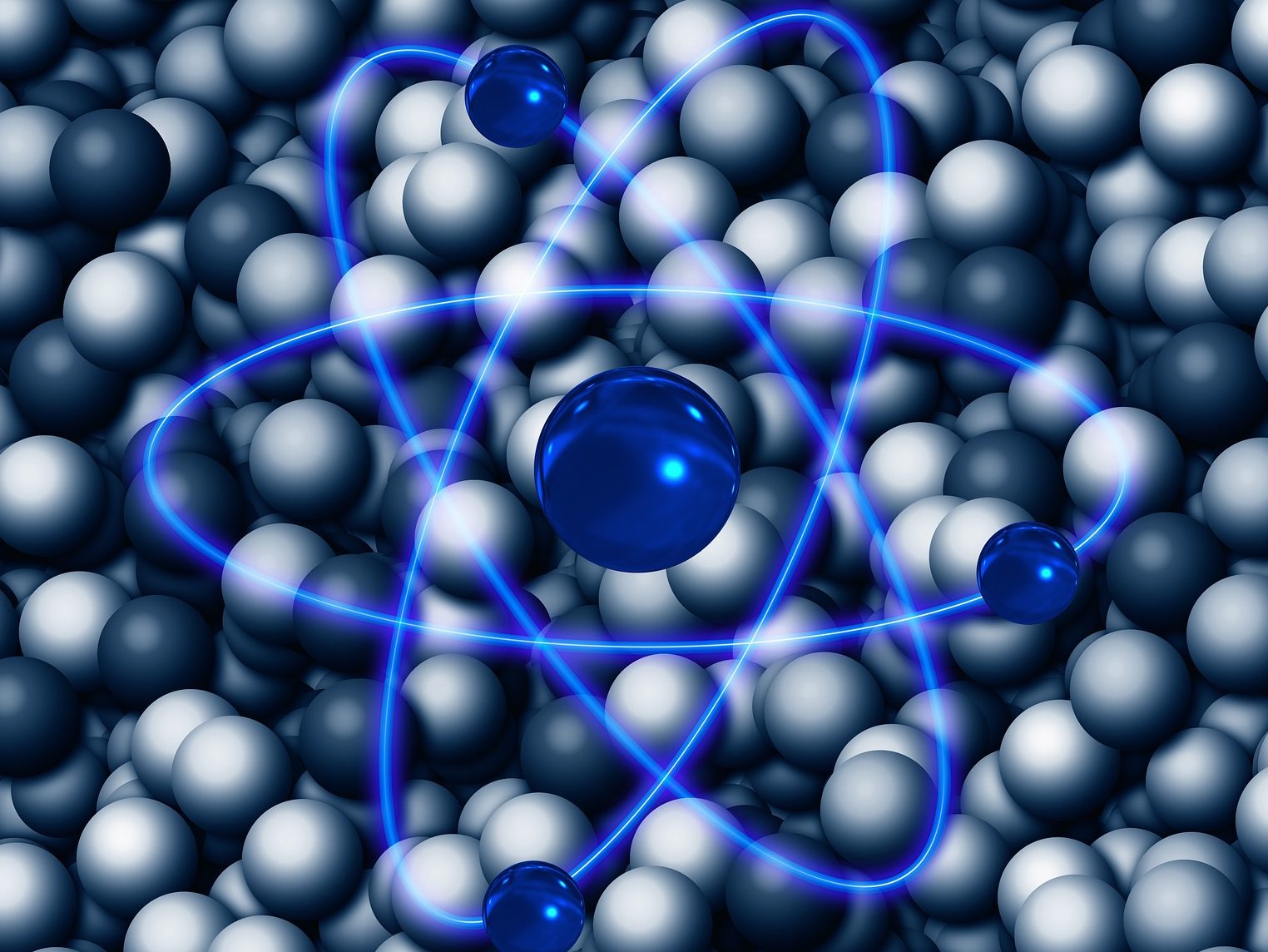Do the environmental advantages of nuclear propulsion outweigh its technical challenges and negative public perception? In this follow-up article Fathom World assesses the environmental and lifecycle factors associated with the controversial power source.
In many ways, nuclear is a near perfect power source. Neutrons collide with atoms of radioactive material (typically uranium, plutonium or – latterly – thorium) to create heat and release even more neutrons to collide with further atoms. The self-perpetuating reaction requires no hydrocarbons and emits no pollutants. Carefully moderated (using water, graphite or heavy water to slow the reaction), nuclear fuel can generate power for decades without replenishment.
Some downsides were covered in the first instalment of this series. But on top of those safety and perception challenges – and despite the benefits of eliminating emissions and carbon-based fuel – there are some environmental concerns. For example, mining and processing radioactive materials and making reactor fuel uses a lot of energy. The disposal or storage of radioactive waste (including spent fuel and decommissioned reactor elements) to avoid exposure to people or the environment is also an important factor.
Such considerations are among the indirect costs of using nuclear power. But all fuels have their ‘externalities’ – the term used by economists to describe the impact (and cost) of decisions on parties beyond the decision maker. Externalities are therefore the in-principle costs of remedying all damage caused by these choices. That can include all the damage to human health and environment from emissions such as SOx and NOx, for example, or all the climate change consequences of greenhouse gas emissions. A full lifecycle analysis must also include externalities associated with fuel production and supply, construction and decommissioning.
In a recent study as part of his MBA thesis – subsequently presented at the fifth LNG & Clean Marine Fuel Forum in Singapore earlier this month – Giulio Gennaro of 1888 Gennaro Consulting assessed the total lifecycle costs of several fuel choices. Using a very large crude carrier and an ultra-large containership as examples, the study factors in the construction cost of the propulsion arrangement as well as associated lifetime operating expenses and all externalities.
Beyond emissions
The aim of the study, says Gennaro, is to compare fuel choices. It was found that the best fuel choice for shipping is not the one with the lowest greenhouse gas emissions, as IMO’s 2030 and 2050 ambitions dictate. Rather it is the one that offers the lowest externalities across the board, as well as the lowest capex and opex to the shipowner. In this regard, the result of Gennaro’s study is very clear: nuclear propulsion is the way forward.
The study makes its finding based on a new nuclear concept that could reach prototype stage within five years. These liquid fluoride thorium reactors (LFTR) offer several advantages compared to the traditional pressurised water reactors. The use of molten salt as a moderator and coolant makes them small, light and cheap to build. They are also inherently safe: overheating inhibits the nuclear reaction and meltdown is not possible due to the use of liquid as fuel. They provide a fuel efficiency of around 99%, minimising waste. And they would not need to be replenished for the whole life of the vessel.
The study’s assessment of LFTR nuclear propulsion is best highlighted with reference to LNG, which Gennaro identifies as the best fuel choice for IMO 2020, with total lifecycle costs (including externalities) lower than either HFO (plus scrubbers) or very low sulphur fuel oils. That is mainly due to the lower cost of LNG fuel and its dramatically lower SOx and NOx emissions. However, the incidence of methane slip means that LNG does not offer a reduction in climate change externalities compared to either HFO or VLSFO.
It is left to nuclear power to radically reduce climate change impact. But in the lifecycle study it does more than that, explains Gennaro. “LFTR technology, when fully developed and deployed, will offer marked advantages over all solutions. Compared to LNG it will reduce [capital and operational expenditure] by more than 30%, [health, safety and environment] externalities by more than 50% and climate change externalities by more than 90%.”

The capex for nuclear will depend a great deal on the ownership model. In the study, the case for LFTR technology is improved by adopting a ‘power-by-the-hour’ model, with shipowners leasing the reactor from a utility which handles control, maintenance and disposal. As a counterbalance, the externalities for LFTR may be lower than stated. The study uses the externalities for existing nuclear plant, while the new generation reactors produce minimal waste and are likely to be cheaper to make and more efficient.
Gennaro concludes: “LNG is the best among the current options, but it is not a definitive solution as it is not compatible with IMO’s 2050 ambition. We consider that the liquid fluoride thorium reactor applied to ship propulsion will be a win-win solution, allowing not only for a drastic reduction of externalities, but also a drastic reduction in cost [to the shipowner].”
Significant challenges
But despite the environmental and cost advantages, many remain unconvinced that nuclear ships will become a reality. Responding to the first article in this series, one reader noted that “nuclear would be sustainable for shipping, from an economic and safety perspective, only if already well established in many other sectors”.
A recent projection of shipping’s future fuel mix from DNV GL takes a similar view. Its forecast of maritime energy demand to 2050, published earlier this month, shows no uptake of nuclear propulsion. According to business development director Christos Chryssakis, whatever the environmental benefits, they are outweighed by significant challenges.
“From a technical point of view, you could say that nuclear could be a solution for the long term. But it is not as simple as that. Most important is public perception. For example, Germany is now closing its nuclear power plants. Do you think it will allow a nuclear containership into Hamburg?”
The prospect of nuclear propulsion remains tantalising, yet far from certain. For some, a clear-eyed view of shipping’s environmental obligations demands that nuclear power be considered. For others, overwhelming obstacles mean that atomic ships will never be an option. The balance could still shift as both the business case and the technology mature.
































